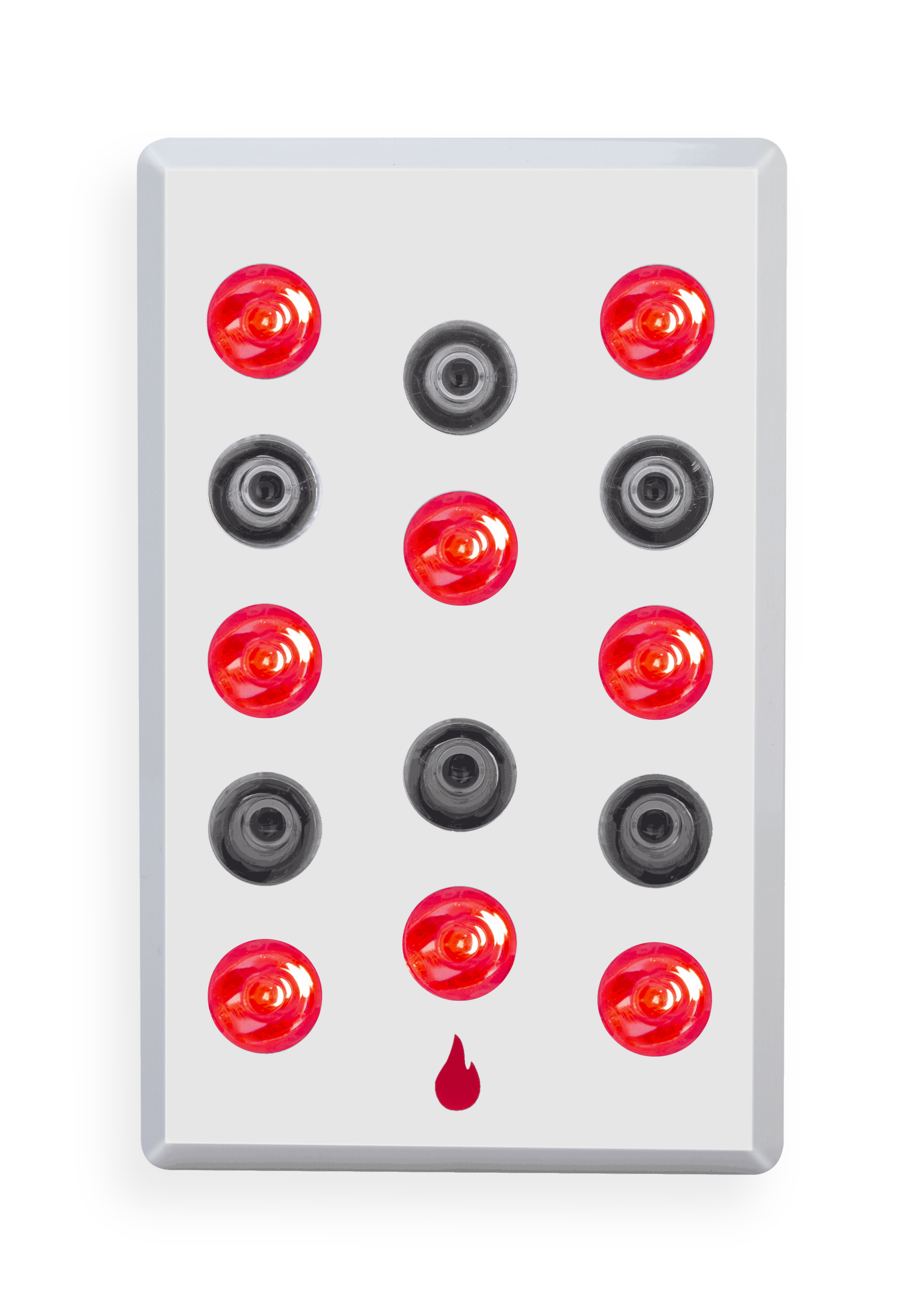Your half-body & targeted treatments device
Introducing Mojo Play
$449.00
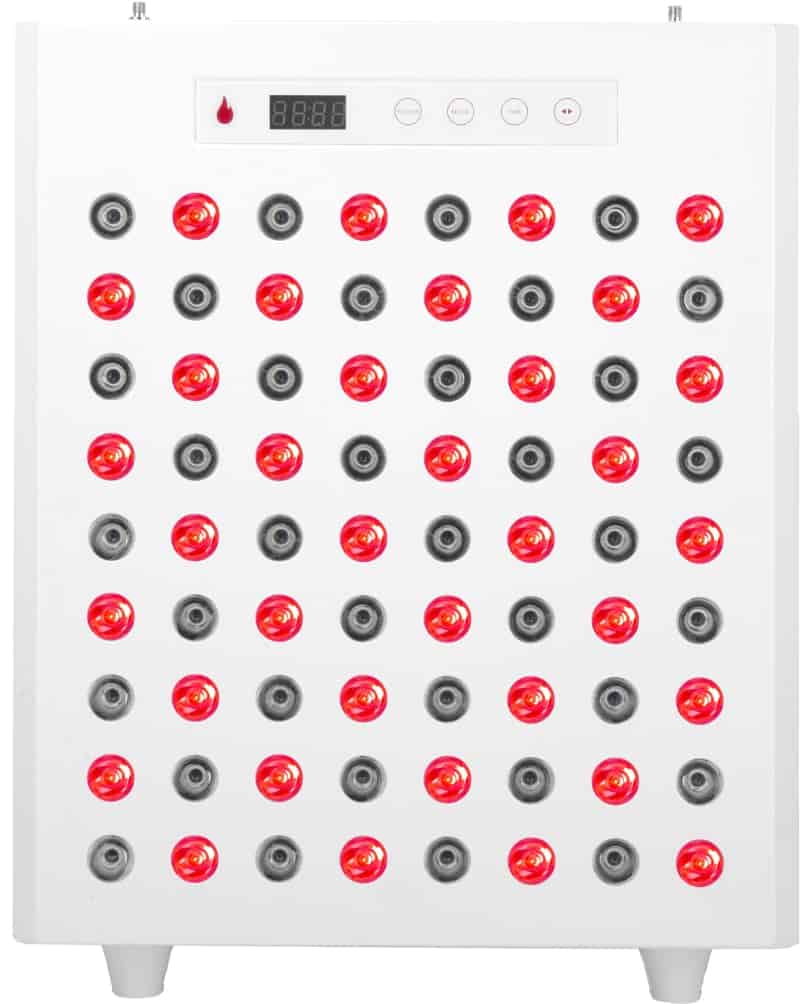

Free Delivery

2-Year Warranty

RoHS, CE, FC
Backed By Science
Red & NIR light therapy have been widely researched with 4,000 laboratory tests, 550 RCTs (randomized controlled trials), 167 systematic reviews, and 30 new research papers monthly.
1
More than
+3500
Research papers published
2
In which
+73%
Shown positive outcome
3
With
620-850nm
As the most studied wavelength
Features
5W LEDs
With 72 powerful 5W LEDs, Mojo Play is a powerful device for deep and surface treatments. It provides high energy output to maximize your joules exposure in minimal time.
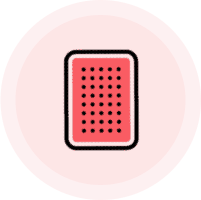
630nm/850nm
Our device offers a 1:1 ratio to provide a balanced exposure to red and near-infrared light. Most benefits have been shown between these wavelengths.
Narrow beam angle
To ensure that the light penetrates your skin with enough intensity to elicit benefits, we use a 30° LED beam angle to enhance concentration and efficiency.
Touch panel with timer
Mojo Play uses a touch-sensitive panel to set up your red light session. It pre-sets at 10 minutes you can lower or increase the timer to perfectly dose your session.

Bulit-in stand
With Mojo Play, you don’t have to buy external supports to use the device. We provide built-in support to adjust your Mojo play body exposure.
No EMF, No Flickr
With no fan Mojo go is 100% silent and provide a stress-less experience during your travel
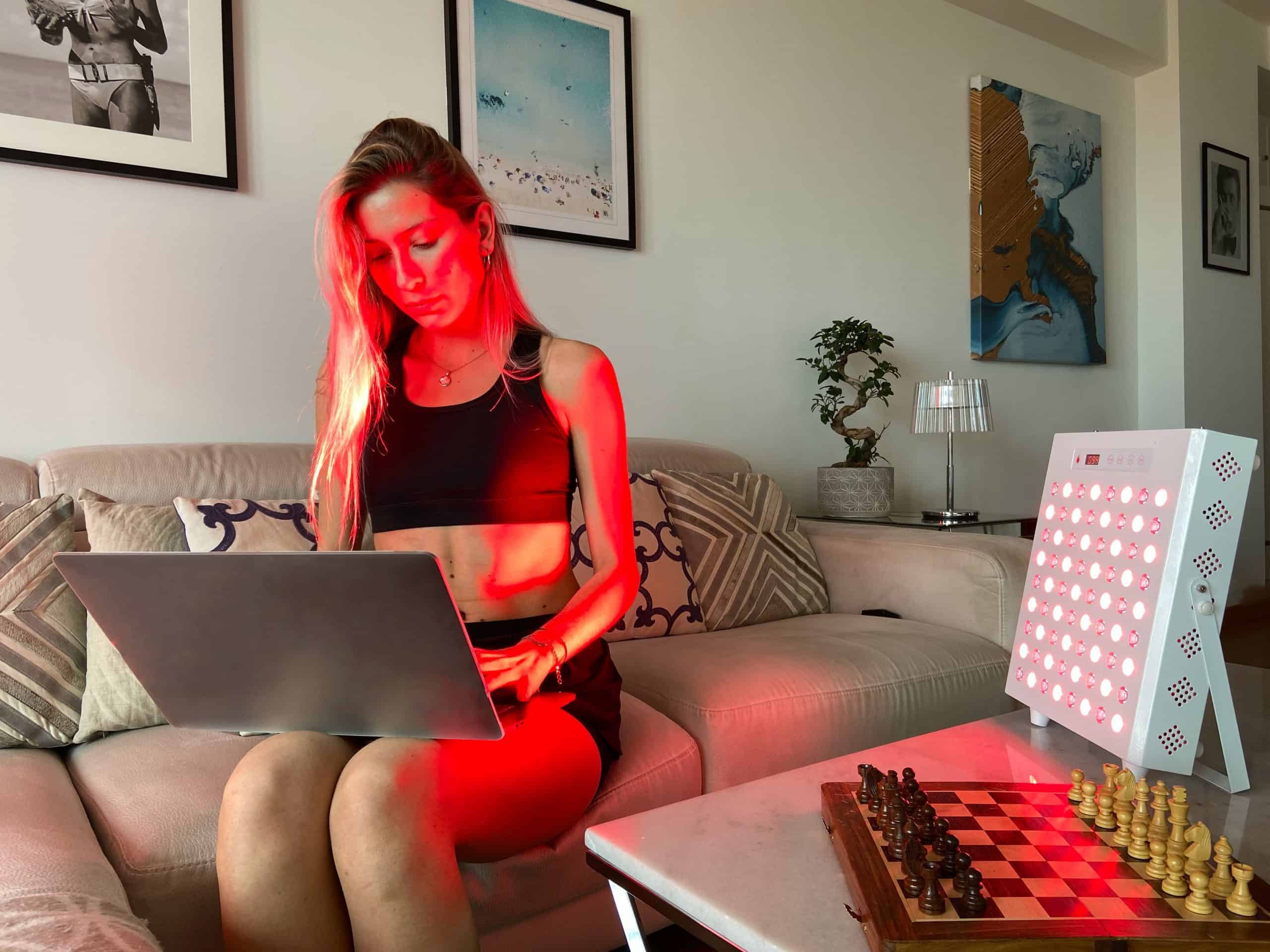
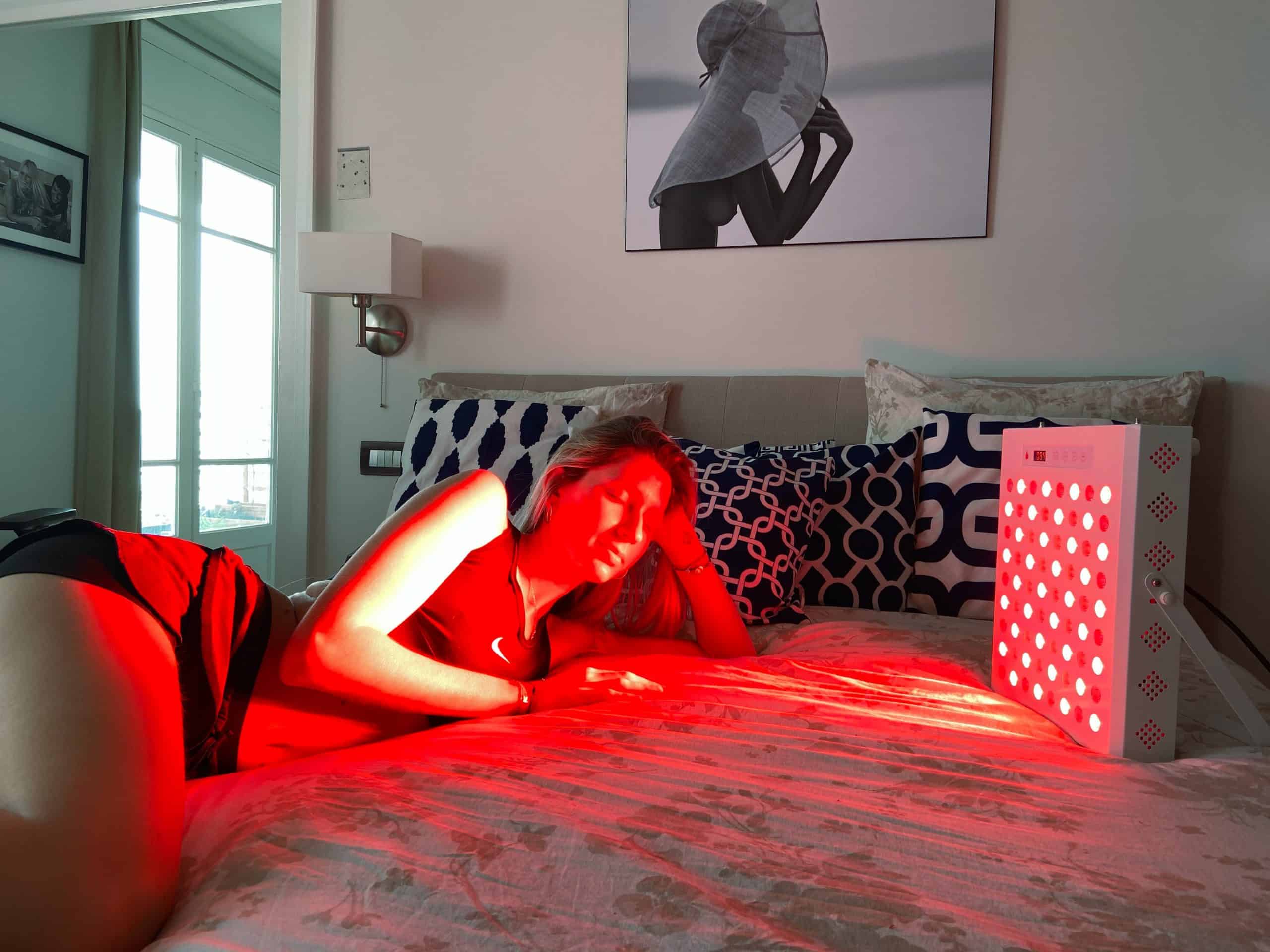
Suitable for...
Mojo Play is designed specifically for half-body treatments and produces a variety of benefits
Hair growth
Reduce inflammation
Skin rejuvanation
Boost cellular health
Boost fertility
Heal bones
Reduce adipose tissues
Help muscle recovery

Whether you’re looking for systemic benefits like weight management, sleep, testosterone and muscle building, or just trying to rehab from an injury or get a cosmetic skin boost, I highly recommend red and near-infrared light therapy.
What's in the box?
| Power: | 360w |
|---|---|
| Dimensions: | 13.4*11.8*2.56 inches |
| Wavelengths: | 660nm/850nm |
| LED Count: | 72 |
| Irradiance at 6 inches (mw/cm2): | 91.38 mw/cm2 |
| Weight: | 9lbs |
| Warranty: | 2 year |
| Lens Beam Angle: | 30° for higher concentration |
| Best Used For: | Targeted & Half-body |
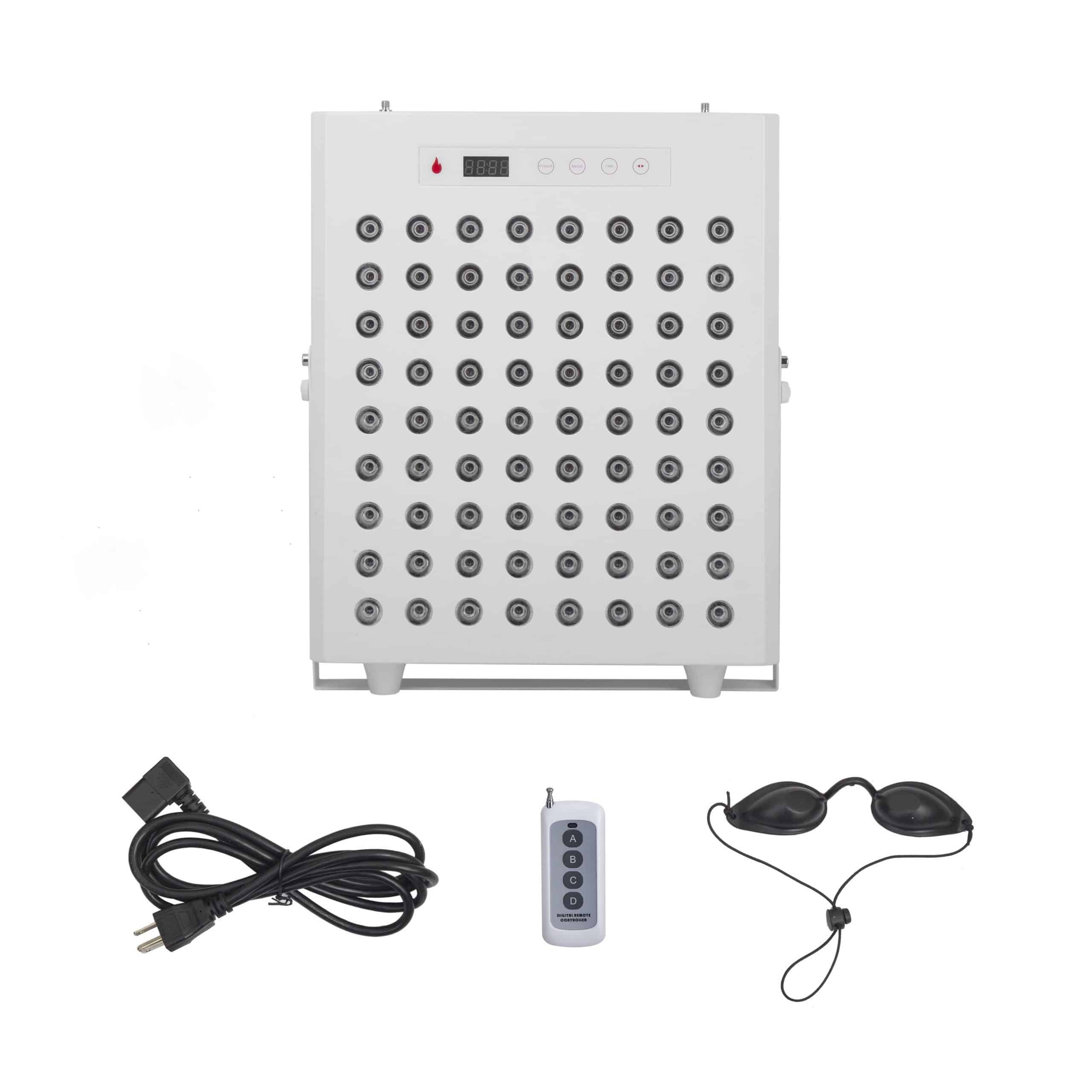
Used by the biggest
Red light therapy has been used by athletes and major researchers to optimize recovery and improve body functions




High irradiance compares to that's out there...
Red Mojo offers a powerful device that produces high irradiance levels to deliver the best efficiencies.
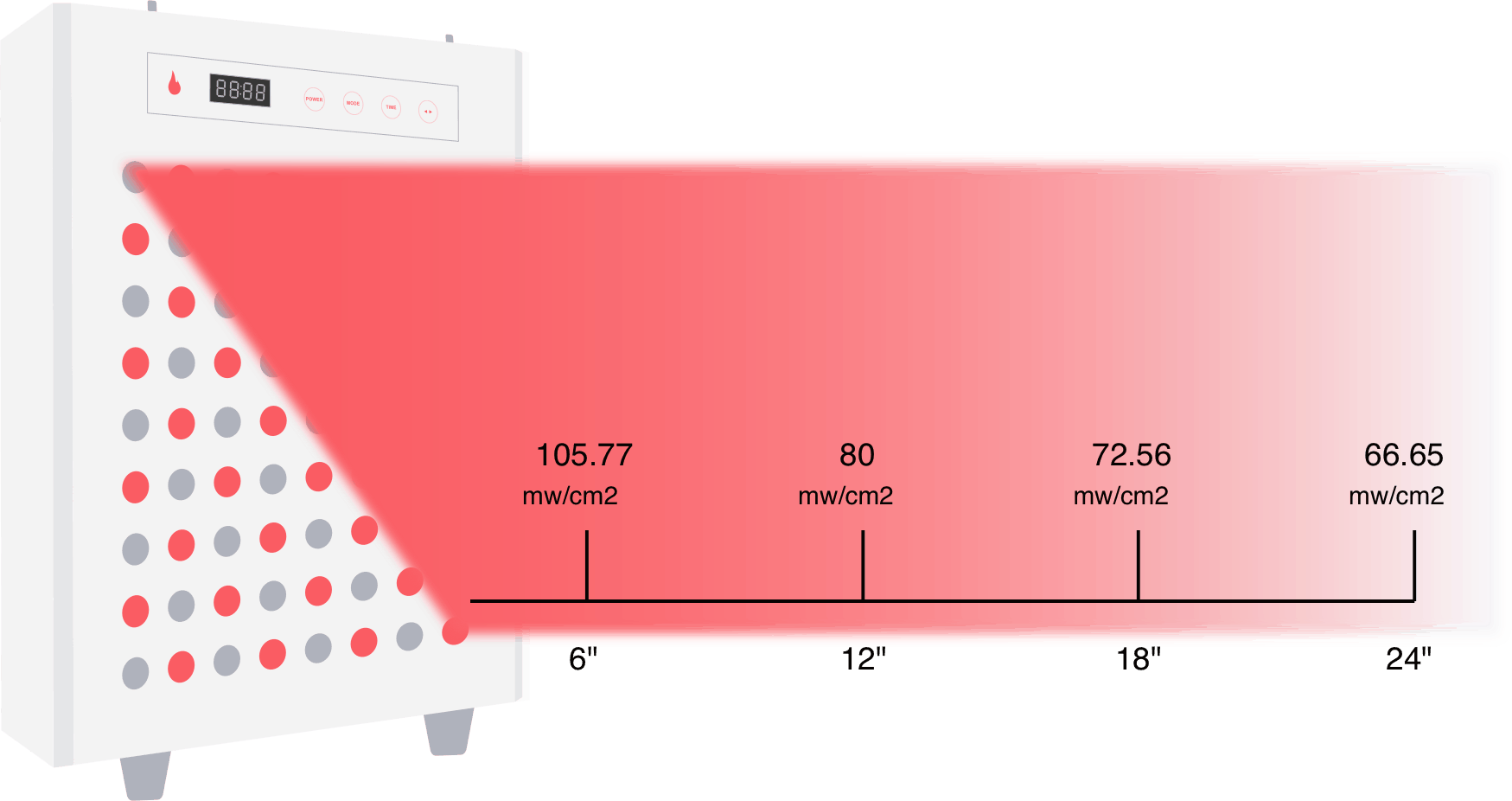

Research on red light and near-infrared light therapy has become a hot topic, and proven benefits include various skin benefits (including wrinkle reduction!), weight loss, oral health improvement, improved muscle recovery, better sleep quality, enhanced thyroid health, reduced joint pain and reduced inflammation, speedy wound recovery, and more!
What the research says
We bundle some interesting research papers that show the benefits of red light therapy for treating different conditions.
FAQ
Still, need some help? Find more in our FAQ or contact us
What’s the difference between red, near-infrared?
Red and near-infrared light are both natural light emitted by the sun. Red light falls between the 600-700nm wavelength on the light spectrum and is most commonly used for superficial treatments such as skin and hair repair. In contrast, near-infrared light falls between the 700-1100nm wavelength are used for more in-depth treatments like joint pain, muscle recovery, and improving cellular health.
Both red and near-infrared light therapy has been clinically proven to provide health benefits for various health conditions.
Which Red Mojo device should I choose?
Every Red Mojo device uses red & near-infrared LEDs. The main difference between our devices will be treatment coverage and irradiance level.
Mojo Go is for small targeted areas like the face, hair, or any other smaller area of the body. It’s portable and easy to use on the go with a battery life of 1.5 hours.
Mojo Play is a half-body treatment that has a high irradiance level to treat deep tissues and bones. It can be used for a wide variety of benefits like skin health, muscle recovery, boosting cellular health, reducing inflammation, and decreasing adipose tissue.
How do I use my Red Mojo device?
We advise you to start with a short session to see how you react to red light therapy. Ideally, start with 1-3 minutes at 6-10 inches from the device. Gradually increase to 3 sessions per week, eventually working towards 5 sessions per week with longer duration treatments. Consistency is critical to see results. As well, deep treatments will need more time and skin exposure, while superficial treatments require less time.
What is beam angle and why does it matter?
The beam angle is the coverage of a single LED. The wider it is, the more light coverage you will have, but also the less irradiance. A smaller device like Mojo GO, which is not made for deep tissues, can have a wider beam angle. Devices like Mojo Play and Mojo Pro that are bigger and have more LEDs have a lower beam angle of 30° to elicit higher irradiance.
Can I use this therapy if I have a medical implant?
We do not recommend using our device if you have a medical implant. Please check with your doctor before using our device.
What are the EMF levels?
EMF waves are electromagnetic field frequencies. Several studies have shown that a high amount of EMF exposure could be harmful to health in the long term. All electronic devices emit some EMF radiation, but it is essential to minimize your exposure. Our devices have low EMF levels at ≃0.05ut @ 2 inches.
Do I need safety glasses when using the light?
For healthy eyes, there have been no reported side effects of using red light devices. As with every direct light source, we do not recommend looking directly at the LEDs. If you have sensitive eyes, you should use eye protection.
Can I use the devices too much or for too long?
Our devices are completely safe to use, but nevertheless, it is not recommended to use them for long exposure times. It is better to use red light therapy is a small chunk of 2, 5, 10, and 15 minutes.
When will my pre-order ship?
The official launch of Mojo red light devices will be on 10 of September 2020 (due to the covid-19 pandemic some delays could happen). Your pre-order will be shipped after this date.
What is your return policy?
Please consult our return policy here. We offer a 30-day trial and accept returns only if the product is damage-free and in its original box.
Discover our Red Mojo Light Series
Get the right device for your health
